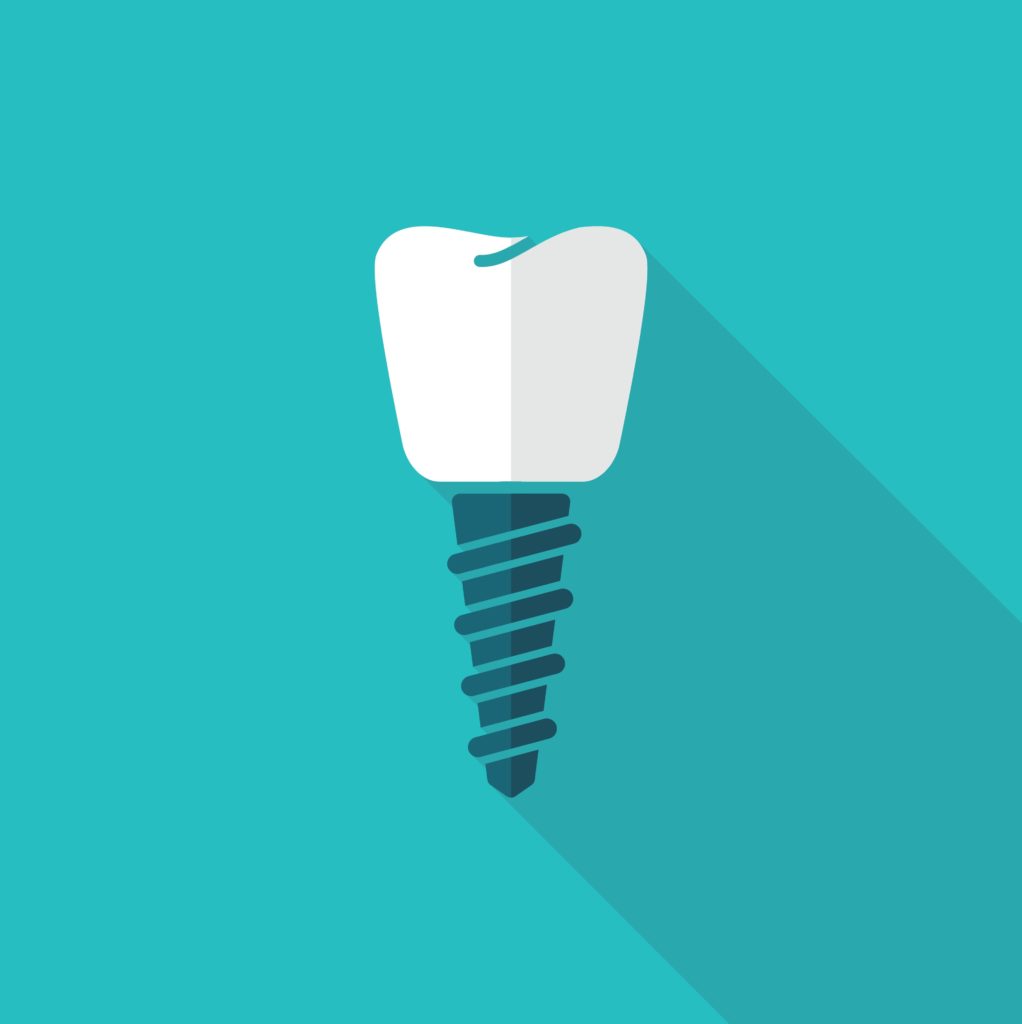If you’ve received dental implants, then you must know all about how great they are—these little titanium posts nicely replicate the roots of our teeth and can be used to help recreate every part of a lost or compromised tooth. They’ve become widely accepted and sought-after in the world of restorative dentistry because of their impressive results. However, in rare cases dental implants can actually fail and put your oral health in jeopardy! If your dentist wants to remove a failed implant from your mouth, here’s what you need to know.
Why Do Dental Implants Fail?
There are many reasons for a dental implant failing, but they can generally be categorized by timing; “early failures” occur within the first few months of an implant being placed, and “late failures” are those that occur after one year.
In many early failures, the implant is still very loose due to factors like the healing ability of the patient, infection, lack of stability when it was placed, or micro motion (too much movement during the healing process).
Late failures are a little different; sometimes the implants start out firm but become less rigid over time due to infection or excess force and pressure. Like early failures, this can be fixed with relative ease. But other times, the implants can remain rigid, and X-rays will show a pattern of disease called “perio-implantitis.” When this happens, bacteria begin destroying the bone around the base of the implant, leading to symptoms including pain, abscesses, and foul breath. This often leads to the implant needing to be removed.
How Are Failed Implants Removed?
If your dentist has determined that you need an implant removed, there are two approaches generally used; one involves safely cutting a small portion of your bone along the edge of the implant, which releases tension and makes it easier to remove. Preserving as much healthy bone as possible is your dentist’s goal, and sometimes it’s possible to remove the implant with little to no bone removal.
The other common approach involves using special tools that apply a high amount of reverse torque to the failed implant, efficiently removing it in a matter of minutes. Both approaches are effective, comfortable, and safe, and your dentist will determine which is right for your situation. Not to mention, these methods will allow you to get new implants that should have a much higher chance of success!
Although they’re meant to help, dental implants can unfortunately fail in certain instances. But having a failed implant removed by your dentist is the best way to prevent more severe issues from developing.
About the Author
Dr. Charles Walker completed his dental doctorate at the University of California at San Francisco School of Dentistry and has practiced dentistry in Salt Lake City for over 30 years. He specializes in various fields, including general/family, cosmetic, restorative, as well as emergency dentistry and others. He is a member of the American Dental Association and the Utah Dental Association and has Fellowship status in the American Dental Implant Association. If you or a loved one needs a dental implant removed or if you have any questions for Dr. Walker, he can be contacted via his website or (801) 467-6886.


